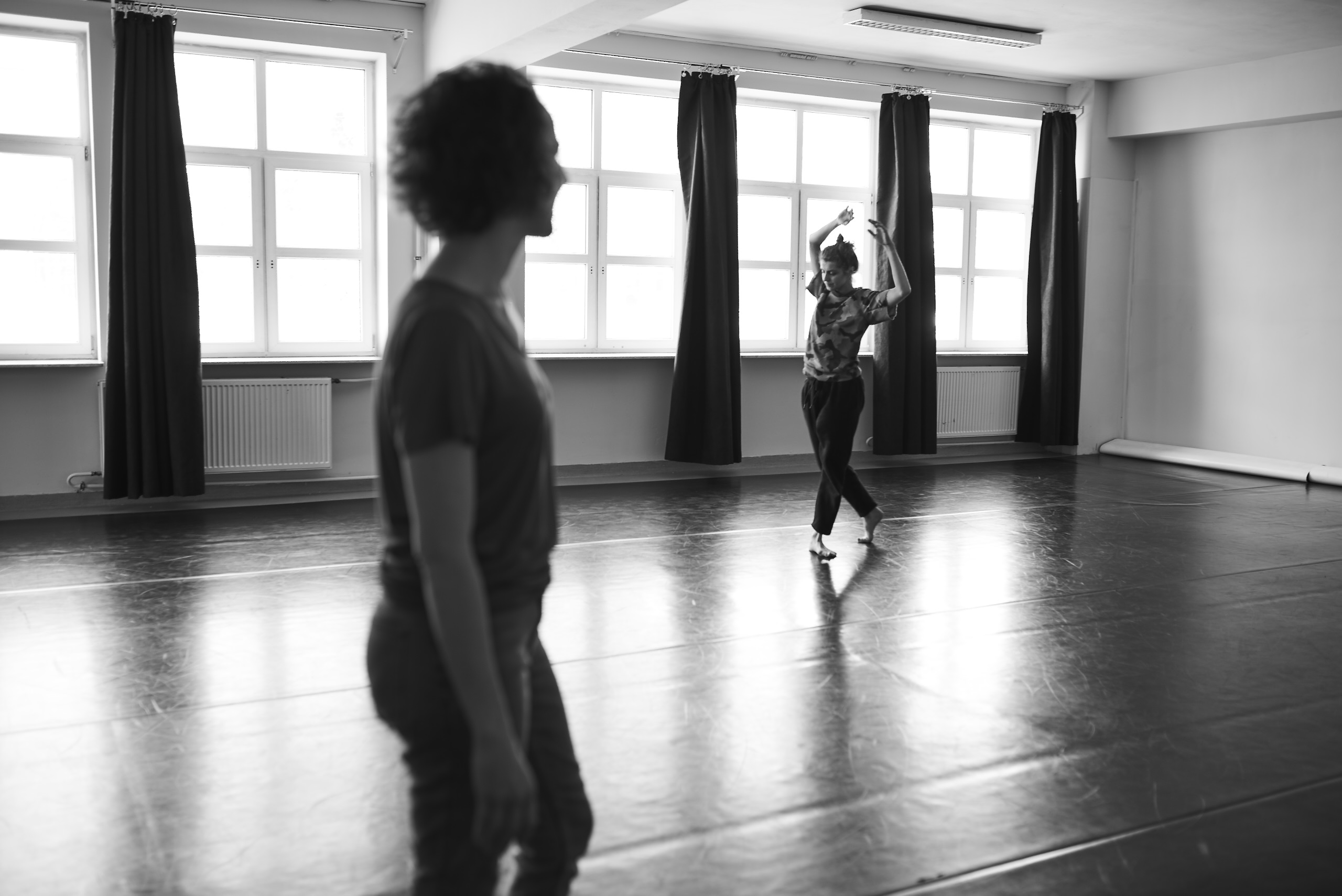East European Performing Arts Platform (EEPAP) supports the
development of contemporary performing arts (dance and theatre)
in 18 countries of Central and Eastern Europe.
Festival as public art institution

photo: Studium Muzyka by Wojtek Affek via Centrum w Ruchu
Festival as public art institution
by Marta Keil
Festivals are today without doubt some of the most important institutions in the performing arts field. Switching from a function of presenting to producing, they attract artists, becoming an important producer and promoter of their work; they create the conditions in which new projects can take shape, co-create discourses which accompany artistic practices (publishing catalogues, series of books, translations), act as intermediary between artists and audiences, present and recommend the works of given artists to curators, and, last but not least, create an international theatre and dance network, which includes some artists and excludes others. For those working outside of dramatic repertory theatre, they can be a most vital working space. At the same time, through curatorial choices and the development of critical discourse, they create the context for artistic practice – and hence influence the way it is received – while also putting forth ways of thinking about theatre and dance, including the direction these develop in.
Aside from repertory theatre, non-rep dance and theatrical centres, along with independent centres, all of which formed on the basis of initiatives set up by specific artistic circles (such as Warsaw's Centrum w Ruchu), a new and very influential sort of arts institution came into being. And yet, and this is of major importance, we are here talking about a public institution: in the main, European festivals are funded from public budgets, while donations from private sponsors merely top up core funding sums. This, in turn, means very tightly regulated responsibilities and outcomes are set for each festival. I understand the basic aims of publicly funded cultural institutions to be, among other things, developing, protecting and promoting equal access to culture. A public institution should also, in my opinion, create opportunities and perspectives for development, to be a shared space for artists and audiences, to facilitate debate and to courageously, efficiently discover and promote new phenomena within the arts.
Setting festivals within the broader field of other arts institutions certainly allows us to see their role more clearly, to understand how they create contemporary systems of production and the socio-political conditions within which they operate. I think that we should, as quickly as possible, include festivals in the debate around the state, its role and social responsibilities of public arts institutions in the context of late, neoliberal capitalism, affecting both production and distribution of the arts. Yet many of festival directors in Poland (including the most powerful ones) refuse to see their work in such a context. They prefer to see their curatorial practice as a „pure intuition", „the magic” of meeting; they do not accept the notions of politicality in the context of the festivals their run and pretend surprised when asked about the influence they have on the artists’ paths and careers. As if using vague, unclear terms as „instinct”, „magic”, „inspiration”, would take away a responsibility towards the artistic communities and the audience could vanish the political role of the festival.
In my opinion, what is crucial at the moment is to unveil the festival procedures, the decision making process, to open the debate about the political and social responsibility of the festival makers. For the festival of performing arts, similarly to other arts institutions, is always, a political institution - no matter how much we would like to deny it. The festival is always being constructed in the public sphere, through the work it does reflecting or shaping its structure, creating or adapting the ways of seeing the social sphere, and also influencing the building of social relations and practices. Art has never existed in a vacuum, quite the opposite – they are dependent on specific social, political and economic contexts.
_________
Marta Keil is a performing arts curator based in Poland. Read more about the author here.
